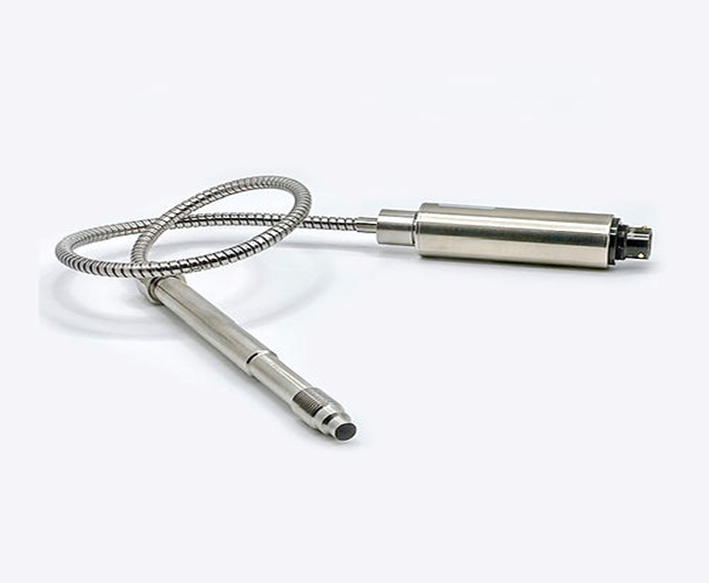Key Features of Melt Pressure Transducers
- Bob

- Jun 29, 2024
- 2 min read
Sensitivity and Accuracy
Precision:
High Sensitivity: High-quality melt pressure transducers are designed to detect even the smallest changes in pressure, ensuring accurate measurements. This sensitivity is crucial for maintaining consistent product quality in extrusion processes.
Accuracy: These transducers typically offer high accuracy, often within ±0.25% of full scale, which is essential for precise control and monitoring of the extrusion process. This level of accuracy helps in reducing product defects and ensuring uniformity.
Temperature Stability
Maintaining Accuracy Under Varying Temperatures:
Thermal Compensation: High-quality transducers are equipped with thermal compensation features that allow them to maintain accuracy across a wide range of temperatures. This is vital in extrusion processes where temperatures can fluctuate significantly.
High-Temperature Resistance: These transducers are designed to operate reliably in high-temperature environments, often up to 400°C (752°F) or more, without compromising on performance. This ensures that they can be used in various industrial applications where temperature stability is crucial.
Durability
Materials and Resistance to Wear and Tear:
Robust Construction: High-quality transducers are constructed using durable materials such as stainless steel, which provides excellent resistance to corrosion and wear. This ensures a long lifespan even in harsh industrial environments.
High-Pressure Resistance: These transducers are built to withstand high pressures, often exceeding 10,000 psi (690 bar), making them suitable for demanding applications.
Sealing and Protection: Many high-quality transducers feature protective coatings or housings that guard against environmental factors like moisture, dust, and chemicals, further enhancing their durability and reliability.
Ease of Calibration
Simplicity in Calibration and Maintenance:
User-Friendly Calibration: High-quality melt pressure transducers often come with user-friendly calibration procedures. Some models feature digital interfaces or built-in calibration functions that simplify the process, allowing for quick and easy calibration.
Self-Diagnostic Features: Advanced transducers may include self-diagnostic capabilities that alert operators to potential issues, making it easier to maintain optimal performance.
Minimal Maintenance: Due to their robust construction and high-quality materials, these transducers require minimal maintenance. When maintenance is needed, it is usually straightforward, involving simple procedures that can be performed quickly to minimize downtime.
High-quality melt pressure transducers are characterized by their high sensitivity and accuracy, which ensure precise pressure measurements. Their temperature stability allows them to maintain accuracy under varying temperatures, making them suitable for a range of industrial applications. Durability is a key feature, with robust construction materials providing resistance to wear and tear, high pressures, and harsh environmental conditions. Lastly, ease of calibration and minimal maintenance needs ensure that these transducers can be kept in optimal working condition with minimal effort, contributing to efficient and reliable operation in extrusion processes.





Comments